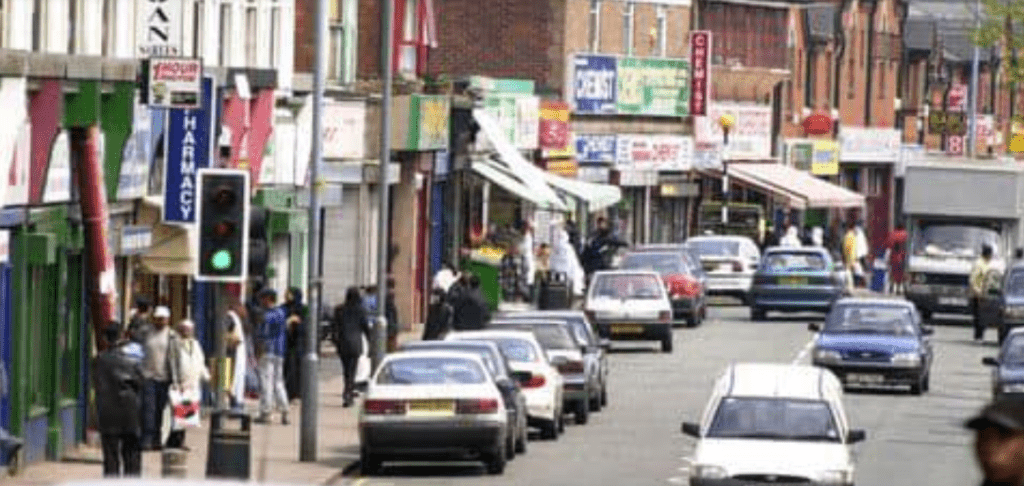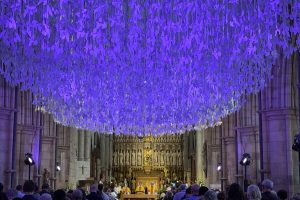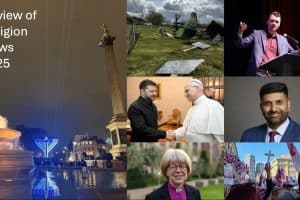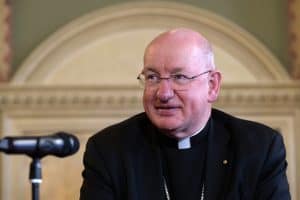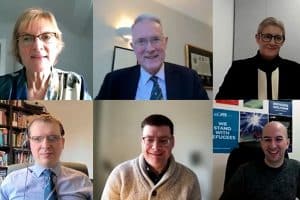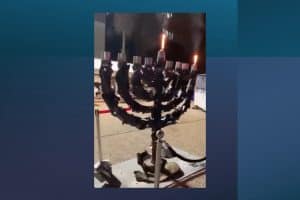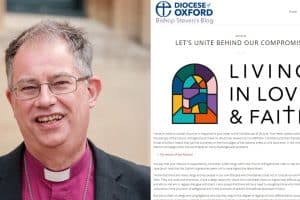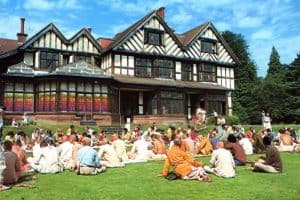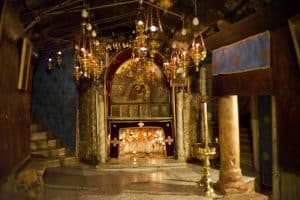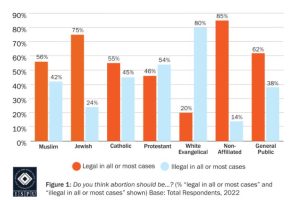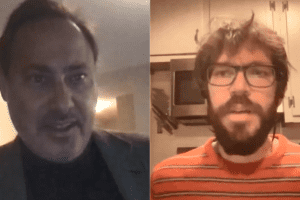Almost twenty years after riots on the streets of the Lozells district of Birmingham, reporter Amardeep Bassey returns to the scene to ask whether it could happen again. His report has been turned into a BBC Radio 4 podcast series The Beauty Queen Riots starting today (Monday 17 April) at 1.45pm
In October 2005, news about a rape in a shop filled the pirate radio airwaves. The allegation — which proved false — was that south Asian shopkeepers had assaulted a schoolgirl of Jamaican heritage.
The story struck a nerve and soon people were protesting outside the hair and beauty supply shop, Beauty Queen, in the Lozells district of Birmingham. Over the days that followed, the protests would morph into a riot that brought hundreds to the streets and left two people dead.
Beauty Queen Riots is my five-part BBC Radio 4 podcast series looking back at the Lozells and Handsworth riots. It’s a story that takes us into the conflicting and sometimes uncomfortable world of inter-ethnic conflict in modern Britain.
I returned to investigate the unrest I first covered as a local reporter 18 years ago because I didn’t think enough had changed to ensure it didn’t happen again. I wanted to know what really happened and what did we miss back then that might have explained why people took to the streets with such force? And what lessons can be learnt nearly 20 years on?
The countdown to the riots began in early October 2005 when rumours began to spread that a black woman had been sexually assaulted in a Pakistani-owned shop.
South Asians had begun taking over black beauty product businesses in Birmingham in the early 2000s and today there is not a single black-owned beauty product shop in the city. It’s a far cry from the late 1960s when Dryke & Dryden became Britain’s first multimillion-pound business selling beauty products that specifically catered for black people.
For some of the Afro-Caribbean community, the South Asian takeover felt an economic and cultural encroachment. Tensions had already been simmering all that summer between the Lozells Afro-Caribbean and mainly Kashmiri communities.
The communities were pitted against each other for scant resources from councils and the perception was that Asian businesses were being favoured. Black customers also complained of racist shopkeepers who they accused of treating them all like potential shoplifters.
Sections of the Asian community, in turn, blamed young black youths for deliberately targeting local Asian women for their gold after a spate of muggings that summer.
So when the rumour emerged — eventually morphing into an unfounded accusation that 30 Asian shopkeepers had gang-raped a 14-year-old black schoolgirl they had caught shoplifting — some found it wasn’t too hard to believe.
I recall hundreds of people protesting outside the shop, with women burning their wigs and shouting slogans. As the raucous crowd swelled, the police and local black church leaders ushered the crowd, some wearing balaclavas, into the nearby New Testament Church of God in the heart of Lozells. It stands directly opposite the local mosque, which was packed with worshippers during the month of Ramadan.
At the church, the police revealed that they had found no evidence that a rape had taken place — much to the crowd’s annoyance and disbelief.
“At no point did I think anyone there would really believe me, but I had to give an honest account of our investigation,” Superintendent Tom Coughlan, of West Midlands police, would later recall.
That was a damning indictment indeed of the fraught relationship between police and the black community in Lozells, where anti-police race riots had erupted in 1981 and 1985.
The rioting in 2005 began as the crowd left the church and soon Lozells was in chaos. Riot police were shot at and one officer was wounded in the leg — the first such incident in a public disturbance in mainland Britain. During that weekend of 22-23 October, 37 gunshots were fired as black and Asian criminal gangs took advantage of the tensions to mete out violence.
Behind the scenes police were forced to take an imaginative approach and in a highly risky set of secret meetings, they managed to get the warring gang leaders to call a truce.
On of the mediators was Kirk Dawes, a West Midlands police officer who learnt his skills while visiting trouble spots around the world including Northern Ireland. He said later: “We had to stop the gangs getting involved. If we didn’t, we would have had an all-out armed war on the streets.”
I made this podcast series because I believe the socioeconomic conditions are ripe for a similar riot to happen again and, if it does, nobody appears to have the plan to deal with it.
Britain is fast becoming a patchwork of ethnically diverse communities, which by their nature are always fuzzy and fluid, constantly in flux, transformed and refashioned. Yet policymakers still treat them as if there were a monolithic Muslim community, a Sikh community, and an African-Caribbean community.
They ignore that a Somalian Sunni Muslim in Birmingham will share little experience with a British-born Deobandi Kashmiri Muslim. And so they try to manage diversity by putting people into broad and clunky ethnic and cultural boxes, and use those boxes to shape public policy.
But bounding people to particular identities has led them to fear and resent those of different identities, because these “blocs” become competitors for power and influence.
Birmingham, the city I’ve reported out of for nearly 30 years, is held up as a bastion of multiculturalism and home to more than 170 different nationalities. I’ve reported on many of them. But scratching beneath the veneer of unity I found poor, segregated communities, many of who barely tolerate, let alone celebrate, each other. I soon discovered the city was full of complex inter and intra-ethnic fault lines that no doubt exist up and down the country.
Afghans didn’t like the Cha Chas (an ethnic grouping from a region in Punjab bordering Pashtun tribal areas), the Sikhs didn’t want to be lumped together with Muslims, the Muslims didn’t care for the Ahmadiyyas or Parsees and so on and so on. In the fight for scant resources, suspicion begins to foment and it only takes a rumour or misunderstanding to spark disorder.
The press, police and civic authorities, again tiptoed around the issue, unable to fathom that ethnic minorities are just as liable to act in a racially prejudiced way.
As one academic succinctly put it: “The issue is not imagined and can’t be just wished away by embracing a mythic unity of everyone whose skin is not white.”
You can listen to the series here https://www.bbc.co.uk/programmes/m001l24w

